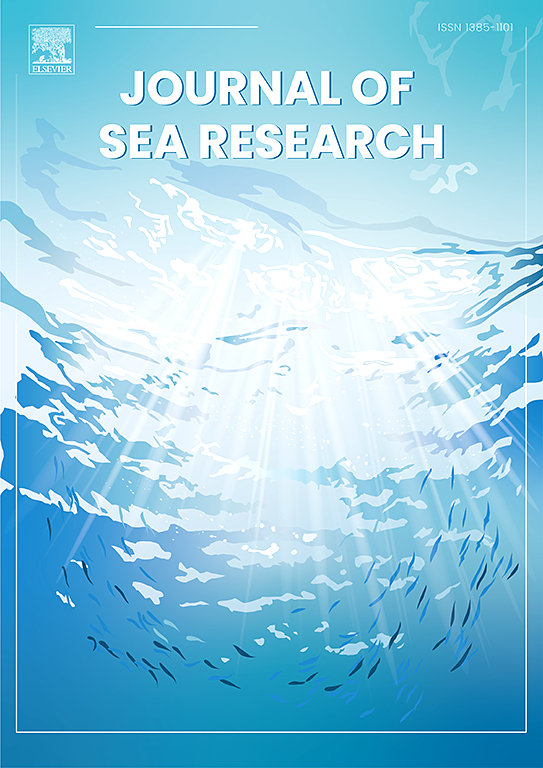Observed current variations in the Bohai Sea in the winter of 2020/2021
Abstract
Hydrodynamic conditions in the Bohai Sea (BS) play an important role in regulating variabilities in the regional climate and marine ecosystem. In the current study, wintertime current variations in the BS were investigated using continuous in situ observations at two sites in the western BS (S1) and southeastern BS (S2) from November/December 2020 to March 2021. The results indicated that residual currents and their variations were both stronger at S1 than at S2. Residual currents had notable vertical variations, with nearly opposite directions in the upper and lower layers. Upper layer residual currents were mostly southeastward at both sites, while lower layer residual currents were basically west-northwestward at S2 following the topography in the deep trough in the South BS but were north-northwestward at S1 up the slope to the coast. Upper layer residual currents were strongly subsurface-intensified and experienced significant intraseasonal variations. Subsurface currents in the upper layer shifted from being weak in December 2020 to strong in January–February 2021, especially in the western BS. Surface currents were directly driven by surface winds following the Ekman layer dynamics in shallow waters. Weak/strong subsurface currents occurred during/after sustained strong sea surface winds, implying that they experienced more complex dynamics than surface currents. This study provides new understanding to the wintertime circulation pattern in the BS. It is helpful for fully understanding the characteristics and underlying dynamics of the BS circulation variations in winter and their impacts on biogeochemical processes.

 求助内容:
求助内容: 应助结果提醒方式:
应助结果提醒方式:


